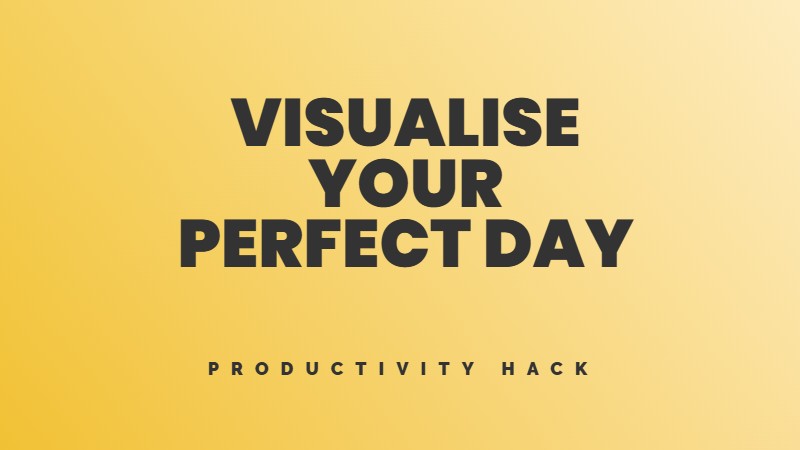Bridging divides through empathy
In an age of polarization and echo chambers, it’s increasingly common to encounter people whose beliefs differ drastically from your own. Whether it’s a family member sharing conspiracy theories or a friend promoting ideas we find objectionable, navigating these conversations can be a delicate dance. We can foster more productive dialogues and even bridge seemingly insurmountable divides by approaching these exchanges with empathy, curiosity, and a genuine desire to understand.
The first step in engaging with someone who holds views we disagree with is to create a safe, non-judgmental space for conversation. This means setting aside our own biases and preconceptions and genuinely seeking to understand the other person’s perspective. By asking open-ended questions and actively listening to their responses, we respect their experiences and opinions, even if we ultimately disagree with their conclusions.
It’s essential to remember that behind every belief is a human being with a complex web of experiences, emotions, and values shaping their worldview. By tapping into our shared humanity and looking for common ground, we can establish a foundation of trust and rapport that allows for more nuanced and productive conversations.
When expressing our own views, it’s crucial to do so with humility and grace. Rather than framing our opinions as absolute truths, we can present them as our personal perspectives, informed by our own experiences and understanding. This approach invites dialogue and leaves room for the other person to share their own insights and experiences, creating a reciprocal exchange of ideas.
It’s also helpful to focus on the underlying values and concerns that drive a person’s beliefs rather than fixating on the specific claims they make. For example, someone who believes in a conspiracy theory may be motivated by a deep distrust of authority or a desire to make sense of a chaotic world. Acknowledging and validating these underlying emotions can create a more empathetic connection and potentially open the door to alternative perspectives.
Of course, there will be times when, despite our best efforts, we cannot find common ground or change someone’s mind. In these cases, it’s important to know when to disengage and set boundaries to protect our own well-being respectfully. We cannot force someone to change their beliefs, but we can model the kind of open-minded, compassionate dialogue we wish to see in the world.
Ultimately, the art of respectful disagreement is about recognizing humanity in one another and striving to build bridges of understanding, even across vast ideological divides. By approaching these conversations with empathy, curiosity, and a willingness to listen, we can foster more productive dialogues and contribute to a more harmonious and interconnected world.
Practical tips for respectful disagreement
By implementing these strategies and approaching disagreements with empathy and understanding, we can navigate even the most challenging conversations and foster more meaningful connections with those around us.




Giv feedback om dette